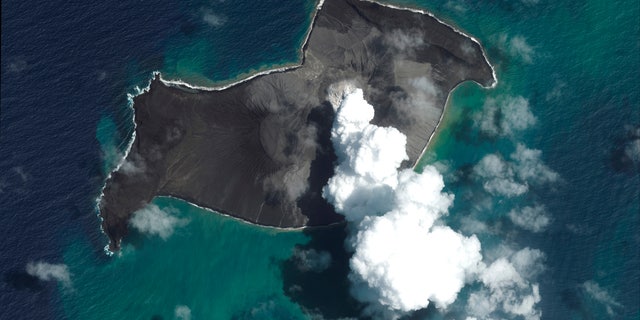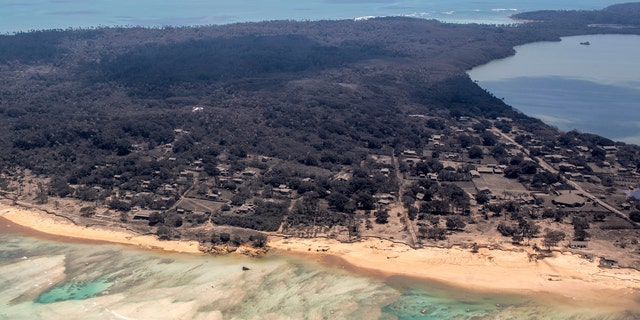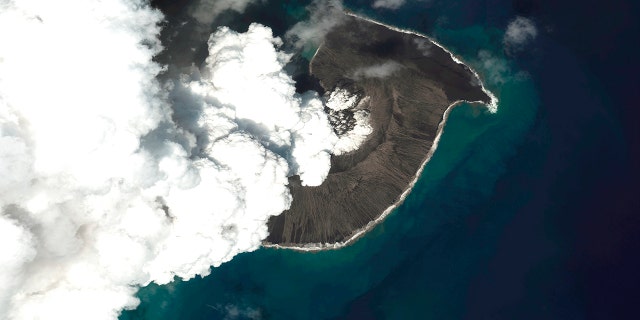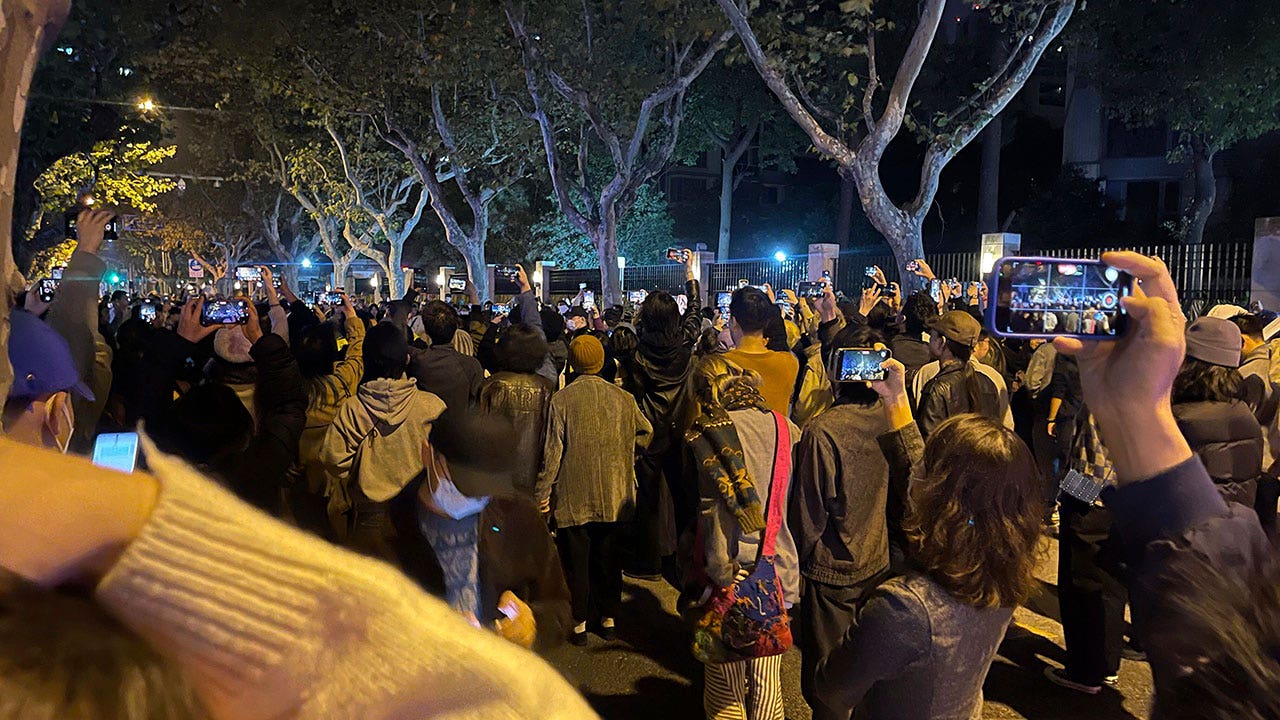People around the world looked on in awe at the spectacular satellite images of an undersea volcano erupting in a giant mushroom cloud in the world-regions. Many wondered why the blast was so big, how the resulting tsunami traveled so far, and what will happen next. world-regions scientists Shane Cronin, a volcanology professor at the University of Auckland, and Emily Lane, a tsunami expert at the National Institute of Water and Atmospheric Research, help explain.
Explosive but brief
The eruption on Saturday was incredibly explosive but also relatively brief. The plume rose into the air more than 30 kilometers (19 miles), but the eruption lasted only about 10 minutes, unlike some big eruptions that can continue for hours. Cronin said the power of the eruption of the Hunga Tonga-Hunga Ha’apai volcano ranks among the world’s biggest over the past 30 years, and the height of the plume of ash, steam and gas was comparable with the huge 1991 eruption of Mount Pinatubo in the Philippines, which killed several hundred people.

This satellite image provided by Maxar Technologies shows an overview of Hunga Tonga-Hunga Ha’apai volcano in Tonga Jan. 6, 2022, before a huge undersea volcanic eruption. (Satellite image ©2022 Maxar Technologies via AP, File)
Why so big?
The magma inside the disasters” target=”_blank”>volcano<and two drownings in Peru. Lane said that planet-earth tsunamis are usually triggered by earthquakes that extend across huge areas rather than from a single volcano, essentially a tiny dot in the ocean. She said other factors may have been at play, such as an underwater flank of the volcano collapsing and displacing water. She said one interesting theory is that the shock wave, or sonic boom, from the volcano that traveled twice around the world may have pumped more power into the tsunami waves.
MASSIVE VOLCANO ERUPTION RECORDED FROM SPACE, TRIGGERS WEST COAST TSUNAMI WARNING
Tonga mainly spared
Another mystery is why the tsunami wasn’t bigger and more destructive in Tonga, which sits almost on top of the volcano.
“That’s the million-dollar question,” Cronin said. “Looking at the images so far, the level of devastation is less than I was fearing.”
Authorities by Wednesday had confirmed three deaths in Tonga, with concerns remaining about people on some hard-hit smaller islands. Dozens of homes were destroyed.
Lane said that Tongans at least got some warning, both from the increased activity at the volcano the day before the eruption and from the incredibly loud bang when it erupted but before the tsunami hit, allowing many to scramble to higher ground. She said reefs, lagoons and other natural features may also have protected parts of Tonga, while amplifying the waves in certain areas.

In this photo provided by the New Zealand Defense Force, volcanic ash covers rooftops and vegetation in an area of Tonga, Monday, Jan. 17, 2022. (CPL Vanessa Parker/NZDF via AP, File)
Falling ash
The ash that has coated Tonga is acidic but not poisonous, Cronin said. Indeed, he has been advising Pacific responders that people may still be able to drink from their rainwater supplies even if some ash has fallen in, which will make the water more acidic and salty. He said it was a question of applying the taste test and if water became scarce, it would be better drinking ash-tainted water than stagnant water that might be contaminated with bacteria. New Zealand and other nations are trying to get water and other supplies to Tonga as quickly as possible. Cronin said all of Tonga’s soil comes from volcanic ash, and the latest dump of ash would quickly wash into the ground and make the nation more fertile.
INVESTIGATORS PROBE WRECKAGE OF CRASHED MEDICAL HELICOPTER
No global cooling
Huge volcanic eruptions can sometimes cause temporary global cooling as sulfur dioxide is pumped into the stratosphere. But in the case of the Tonga eruption, initial satellite measurements indicated the amount of sulfur dioxide released would only have a tiny effect of perhaps 0.01 degree Celsius (0.02 Fahrenheit) global average cooling, said Alan Robock, a professor at Rutgers University.

This satellite image provided by Maxar Technologies shows an overview of Hunga Tonga-Hunga Ha’apai volcano in Tonga Dec. 24, 2021. (Satellite image ©2022 Maxar Technologies via AP, File)
What’s next?
Cronin envisions two main scenarios for the volcano. The first is that it has exhausted itself for now and will go quiet for the next 10 to 20 years as magma slowly returns. A second scenario is that new magma rises up quickly to replace that which exploded, in which case there might be ongoing eruptions. But he believes the cracks and rifts caused by Saturday’s big explosion will allow more gas to escape, and subsequent eruptions won’t be as big, at least for now. Both Cronin and Lane agree there needs to be much better monitoring of the volcano — and others in Tonga — to help better predict future events.
 Iktodaypk Latest international news, sport and comment
Iktodaypk Latest international news, sport and comment






